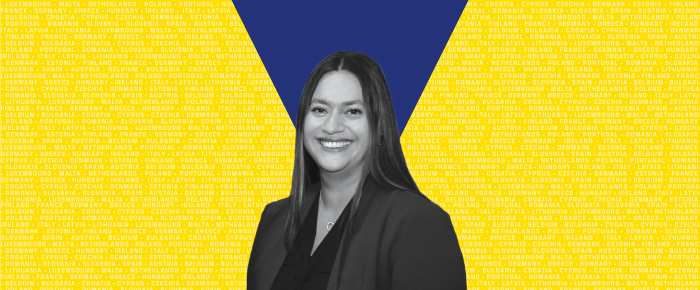
Music is an important part of many people’s lives. The first time I heard a live duo was on the playground in elementary school. I loved swinging and there were only a few swings available during recess for the entire school. Of course, if you were lucky to get one of those coveted swings, it always came with a duo concert from Justin and Scott singing songs from Metallica and Guns N’ Roses at the top of their lungs. I do not remember if they were in harmony, but I do know they sang with feeling. Flash forward to middle school, where I had a gifted music teacher by the name of Mr. Butcher. This man could play any song you wanted on the piano as long as you could hum the first few notes. Mr. Butcher spent his entire career trying to teach unruly middle school students how to sing on key, the finer points of music, exposing us to the classics, teaching us how to sing as a choir and, especially, to harmonise. In music, harmony is one of the core principles. I have heard it said that harmony is the way individual notes are joined together into whole compositions. Mr. Butcher’s efforts were always toward achieving harmony through our voices. Most of us never appreciated him until later in life. I can now find a Spotify playlist titled: Mr. Butcher, compiled by some of his former students.
I recently had the opportunity to visit the Rock & Roll Hall of Fame. My favourite exhibit was “The Beatles: Get Back to Let it Be.” I was able to watch their last live performance of the rooftop concert on a full screen. It felt like you were there in person. As soon as I was able, I watched Peter Jackson’s docuseries, “The Beatles: Get Back” in its entirety. In the docuseries, it was inspiring to see how this group of four independent characters would creatively write a song and harmonise together with amazing results.
Harmony is important in music—without it there would be no music. Harmonising is also important when discussing the anti-money laundering/combatting the financing of terrorism (AML/CFT) framework. In the cover article, Harmonisation of the EU AML Framework, the author describes a common problem faced by AML professionals. The disharmony created by competing AML regimes. The author shows how the new AML/CFT package will attempt to address this problem across the EU member states to harmonise efforts to achieve a united outcome.
Adding to the composition and harmony of ACAMS Today Europe, the second headline article, Italy: The Mafia’s Infiltration Into Healthcare tells how COVID-19 was the catalyst to the mafia’s attempted control of the healthcare sector, specifically where healthcare is privatised. The harmonising of the AML/CFT package will assist in creating a stronger framework for resolving this problem.
Central bank digital currencies (CBDCs) seem to be top of mind lately; in this issue, the piece titled Central Bank Digital Currencies: The Do’s and Don’ts delivers challenges countries could face in developing their own CBDCs, whilst at the same time meeting rigorous privacy standards.
Fitting right into the AML/CFT package is the article EU-wide Rules for Crypto Assets, where EU legislative proposals are forthcoming to “preserve financial stability and protect investors” in the crypto asset sphere.
This issue also offers two separate solo interviews. One with Lora von Ploetz is highlighted
in our Women in AFC section. Ploetz examines the role of leaders and mentors as well as the implications of sanctions. The second interview is with Matis Mäeker, head of the Estonian Financial Intelligence Unit and a member of the MONEYVAL Bureau. Mäeker spoke to ACAMS Today Europe about cryptocurrency regulation in Estonia, what led him to a career in anti-financial crime and shared his experiences as a MONEVAL reviewer.
We are all hoping that the new AML/CFT package will help the 27 EU member states “come together, right now” and improve the fight against financial crime through increased partnerships and harmonisation between the EU member states.
Karla Monterrosa-Yancey, CAMS
Editor-in-Chief
Follow us on Twitter: @acamstoday










